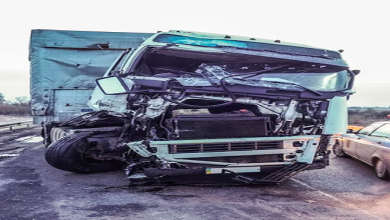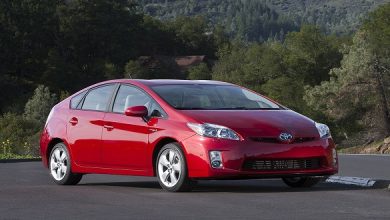Common Causes of Car Collisions and How to Avoid Them

There are several reasons why automobile accidents occur. Some of these causes can be avoided. Leaving a safe amount of space between your vehicle and the one in front of you can help prevent rear-end collisions, a common type of accident. Be mindful of your surroundings and pay attention to traffic signals and road signs.
Reckless Driving
Reckless driving involves actions behind the wheel that show a blatant disregard for the safety of others. It’s taken seriously in other States and can open a driver up to punitive damages claims if it leads to a severe accident. Recklessness can include speeding, swerving in and out of lanes, or failing to obey traffic devices. Aggressive driving is another form of reckless behavior that often leads to side-impact accidents. Numerous injuries, including cuts, bruises, and spinal cord injuries, can be caused by these accidents. It may be challenging to work, take trips, and enjoy life as you once did if you have injuries from auto accidents. Victims of reckless driving accidents deserve fair compensation with the aid of a car collision lawyer to help them regain their lives.
Speeding
In the United States, speeding is involved in approximately one-third of car accidents that result in fatalities. Driving at excessively high speeds makes it harder to steer around curves and other objects on the road and increases crash severity due to increased energy impact.
Speeding can also lead to traffic violations such as aggressive driving, which includes tailgating and cutting other drivers off on the road. It often escalates into road rage incidents that threaten everyone’s safety.
Collisions may cause minor cuts and bruises as well as broken bones, traumatic brain injuries (TBI), spinal cord damage, and other injuries. Treatment for these injuries needs to start right away. Their impact on a victim’s quality of life can be long-lasting. The best way to avoid these injuries is by avoiding speeding and being aware of the driving conditions.
Drowsy Driving
Drowsy driving, also known as fatigued driving, is a risk factor in many crashes and can be as dangerous as drunk driving. Drivers who experience droopy eyelids, head bobbing, or constant yawning are encouraged to pull over in a safe place and nap or change drivers. Research has shown that a lack of sleep significantly increases your risk of getting into a crash, especially if it is chronic. Those who drive after dark for extended periods, young drivers, and those with untreated sleep disorders are all more prone to drowsy driving. This first-of-its-kind report summarizes what is known and unknown in sleep and highway safety research and identifies effective countermeasures states can use to address the problem.
Weather Conditions
Weather conditions like rain, fog, and snow can make it difficult to operate a vehicle. It is crucial to modify your driving routine to consider the weather. You should slow down and increase your following distance in bad weather, as this gives you more time to react if the car in front of you stops suddenly. It is also essential to be aware of road and environmental conditions, such as poor lighting and dangerous curves. Many crashes are caused by drivers employing tactics unsuited to the road and weather conditions. These mistakes include driving over the speed limit, tailgating, and reckless driving. These errors account for eight percent of driver-caused accidents.
Poor Maintenance
While driving seems simple and routine to many people, car accidents are not necessarily random events. They can be the result of poor or neglected maintenance. Moisture in the braking system, rust, and broken components are some potential issues that could lead to severe collisions. Drivers who know or should have known that their vehicle was experiencing such problems can be held liable for a crash if they injure other drivers on the road. A cracked windshield may seem minor, but it can significantly hinder a driver’s ability to respond quickly to other drivers’ signals or lane changes. In addition, insufficient headlights can make it difficult for other motorists to see the vehicle. They can also contribute to rear-end crashes.





